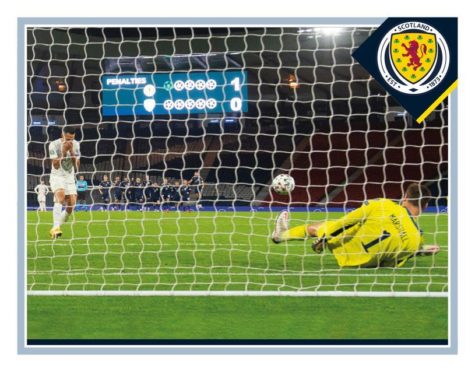
For decades, it was the biggest craze in the playground. Now young sports fans are playing swapsies again with a special album marking Scotland’s historic qualification for Euro 2020.
With the postponed tournament set to take place this summer, Chris Clover of Panini tells Ross Crae The Honest Truth about football sticker-collecting.
What can fans expect from the new collection?
It will be a celebration of all things Scotland, with quite a different feel to our typical tournament collections. Typically, they’d have a formulaic approach, players’ head and shoulders, all lined up perfectly, but the Scotland one is a more in-depth guide to each player, with stats and lots of nice photography from the big moments.
We’re hugely excited by the launch. The response we’ve had since announcing it has blown us away. There’s huge enthusiasm for it, especially in these trying times where there’s not a lot of fun to be had. This is something for people to look forward to.
Why do you think the popularity of football sticker books has endured?
It’s still a really fun and engaging thing for kids to do. It’s often one of the first ways they’re exposed to football and learn about clubs and players, I found that with my own son during the 2018 World Cup, and I remember the Italia 90 collection from my own youth being my first way to learn about football. We get kids who are young enough to enjoy engaging with it before they become focussed on other things like smart devices and video games.
Also, we’ve got a very large and enthusiastic nostalgic heritage consumer base; dads, lads, and grandads even at this point, who have collected over the years and have great memories of the brand, swapping in the playground, going to the shop and saving their pocket money. It’s a nice thing for people to remember and share with their own kids, or do for themselves.
How big a part is swapping?
We have very active communities online who are collecting them and swapping through groups. It’s something that brings people together. Even the most hard-nosed businessman that I’ve walked into an office with will still ask me if I can get them the one they’re missing!
It’s a positive thing that kids can do, swapping, learning about the value of things, with statistics and reading in the book. What we tend to find is that often a kid or house will have an album and different people will be buying packs and contributing to it in the quest to complete it. It’s not really ever just one person trying to fill a book, and that’s what makes our brand pretty unique.
How has Panini kept up with changes in technology?
Fundamentally, it’s still the same as it was over the decades. The real joy of completing a page or getting that sticker lined up exactly right or finding your favourite player, that’s all very much in the physical world.
There’s nothing quite like ripping a packet open and finding the player you’re looking for, or the shiny stickers! I’m not sure if you could ever replicate that virtually and that’s why we’ve endured. But we have embraced the digital world, most of our collections have virtual versions which allow for collectors to do it online.
Are there certain stickers that are more sought-after?
The rumours of us only producing some shiny stickers in lower volumes or in certain parts of the country are always fun for us to read, but it’s not the case.
We produce our stickers in equal volumes. I think every town or school has a story of the sticker that nobody could find, or the one that seemed to turn up over and over again! It’s just the vagaries of how the product is printed, mixed and distributed that that kind of thing can feel like it’s happening.
Over the years though, some of the stickers from collections we’ve done have increased in value significantly. Some of the stickers from Mexico 70, our first World Cup collection, are now going on online auctions for fairly significant sums, as are completed mint condition collections.
How widespread is sticker collecting?
The numbers are pretty huge. For a World Cup collection, it’ll be in over 160 countries. The Euro collection will be available in every country in Europe and beyond, it’ll be very much a cross-continent thing with people collecting all over.
The same factory that was manufacturing the stickers in the 1970s and before is still the one that produces the collection. It’s in Modena in Italy, founded by the Panini brothers back in the sixties.
It’s a fantastic place to go to, a footballing Mecca where you can go in and feel the history of the place, the machines built by the Panini brothers whirring away.

Enjoy the convenience of having The Sunday Post delivered as a digital ePaper straight to your smartphone, tablet or computer.
Subscribe for only £5.49 a month and enjoy all the benefits of the printed paper as a digital replica.
Subscribe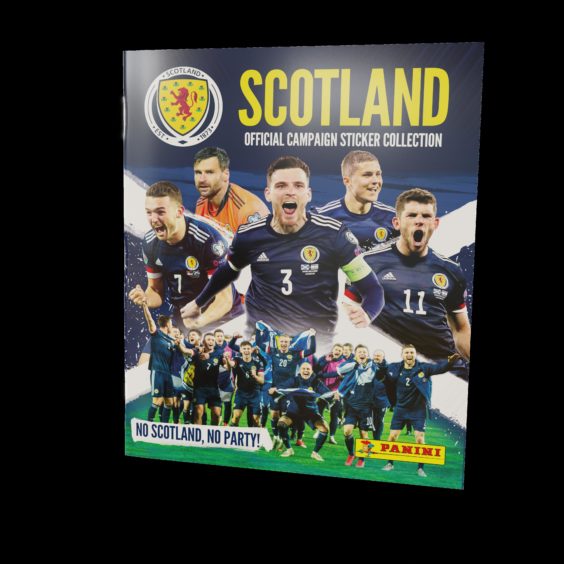 © Panini UK
© Panini UK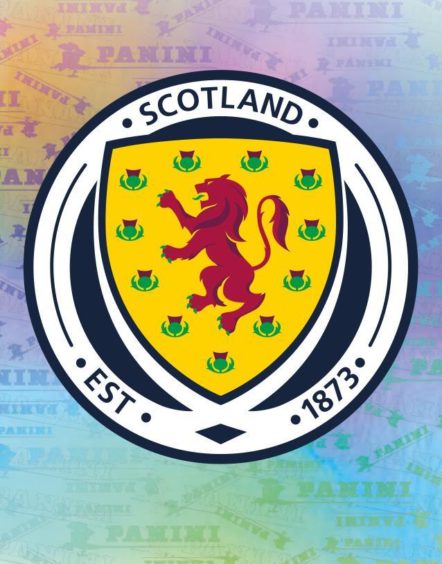
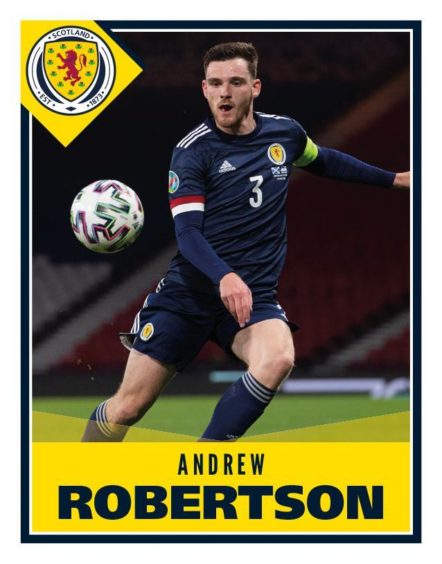
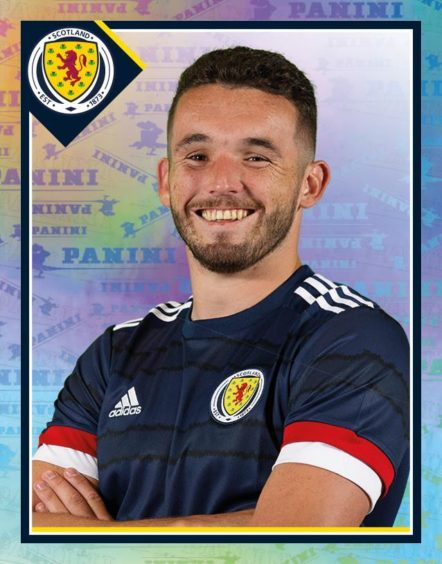
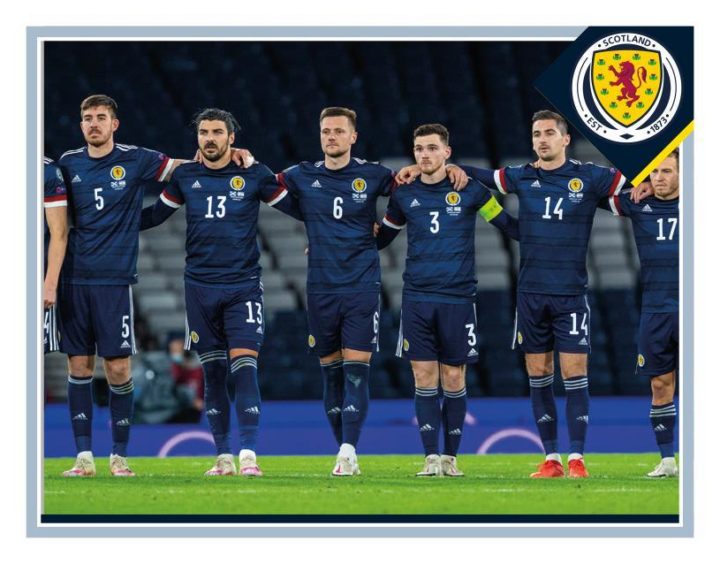
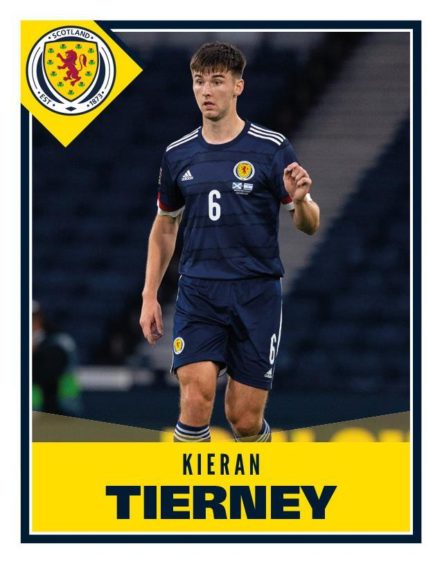
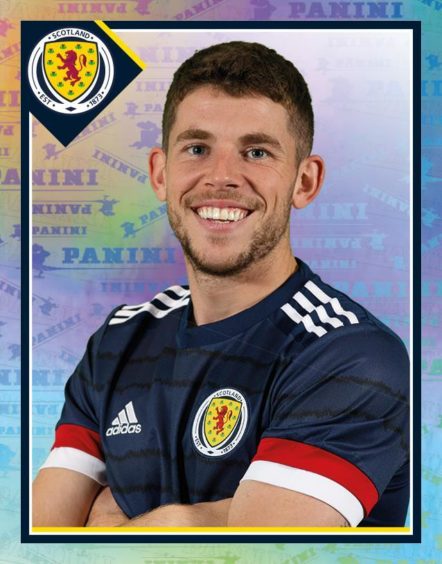
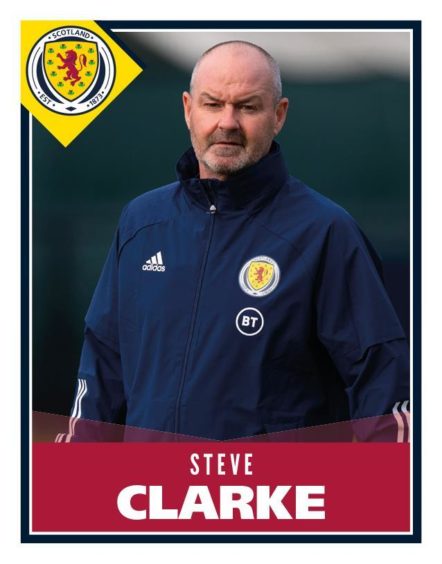
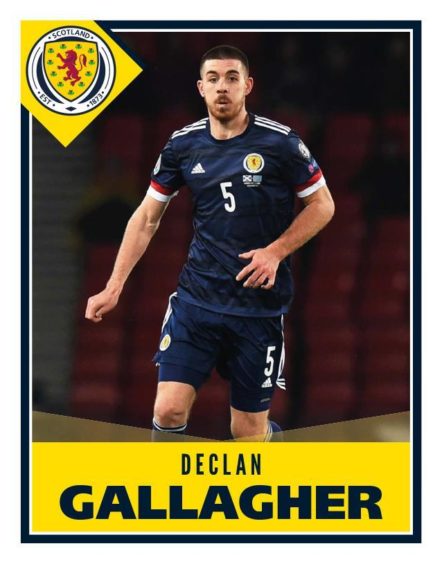
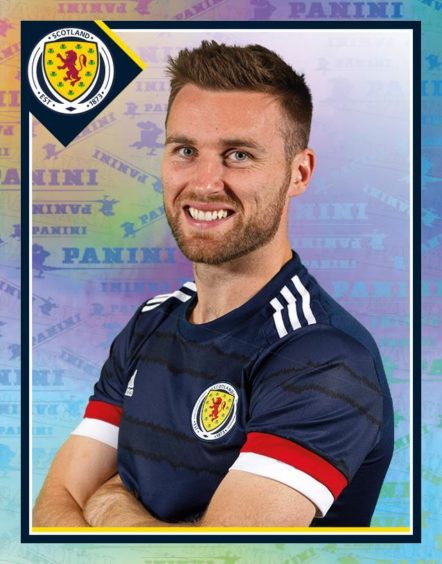
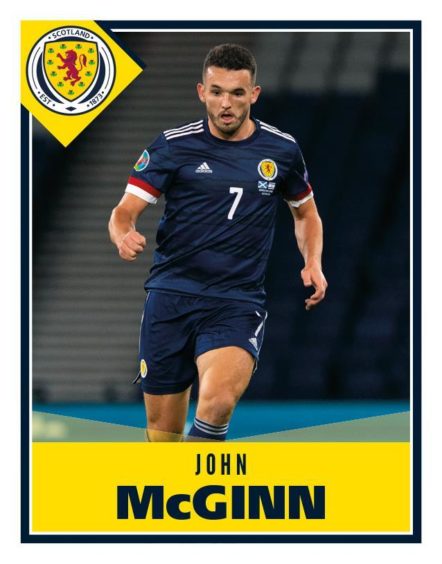
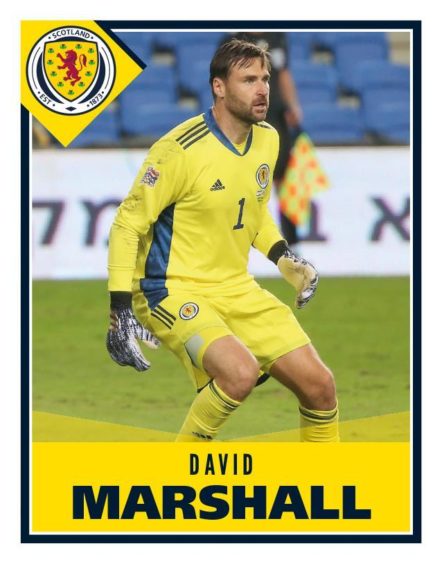
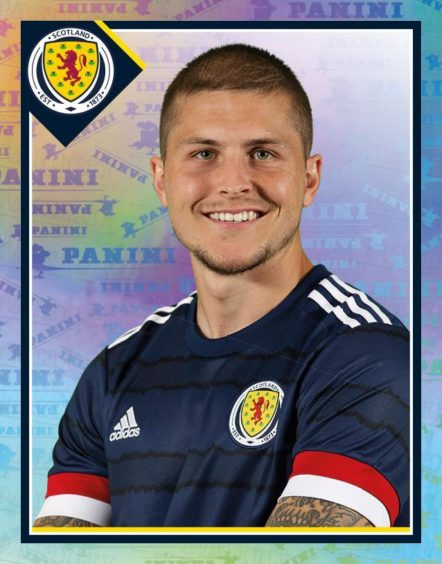
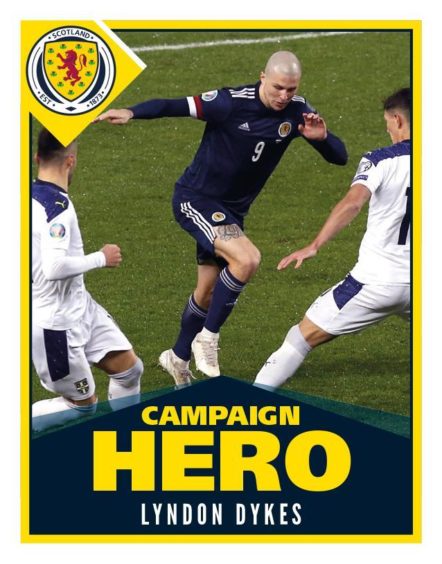
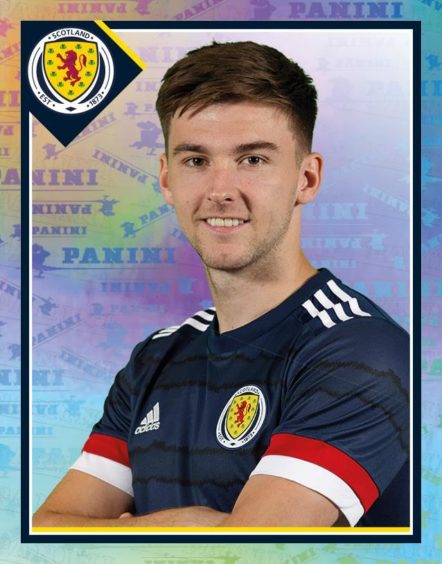
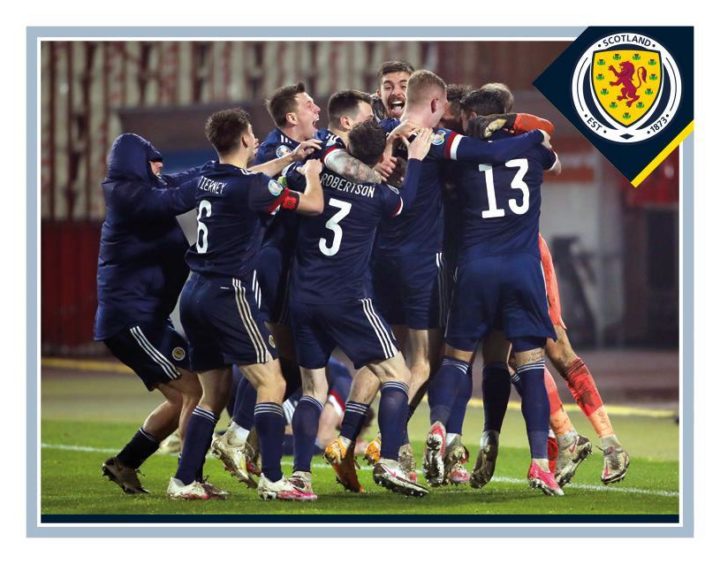
 © Chris Clover
© Chris Clover